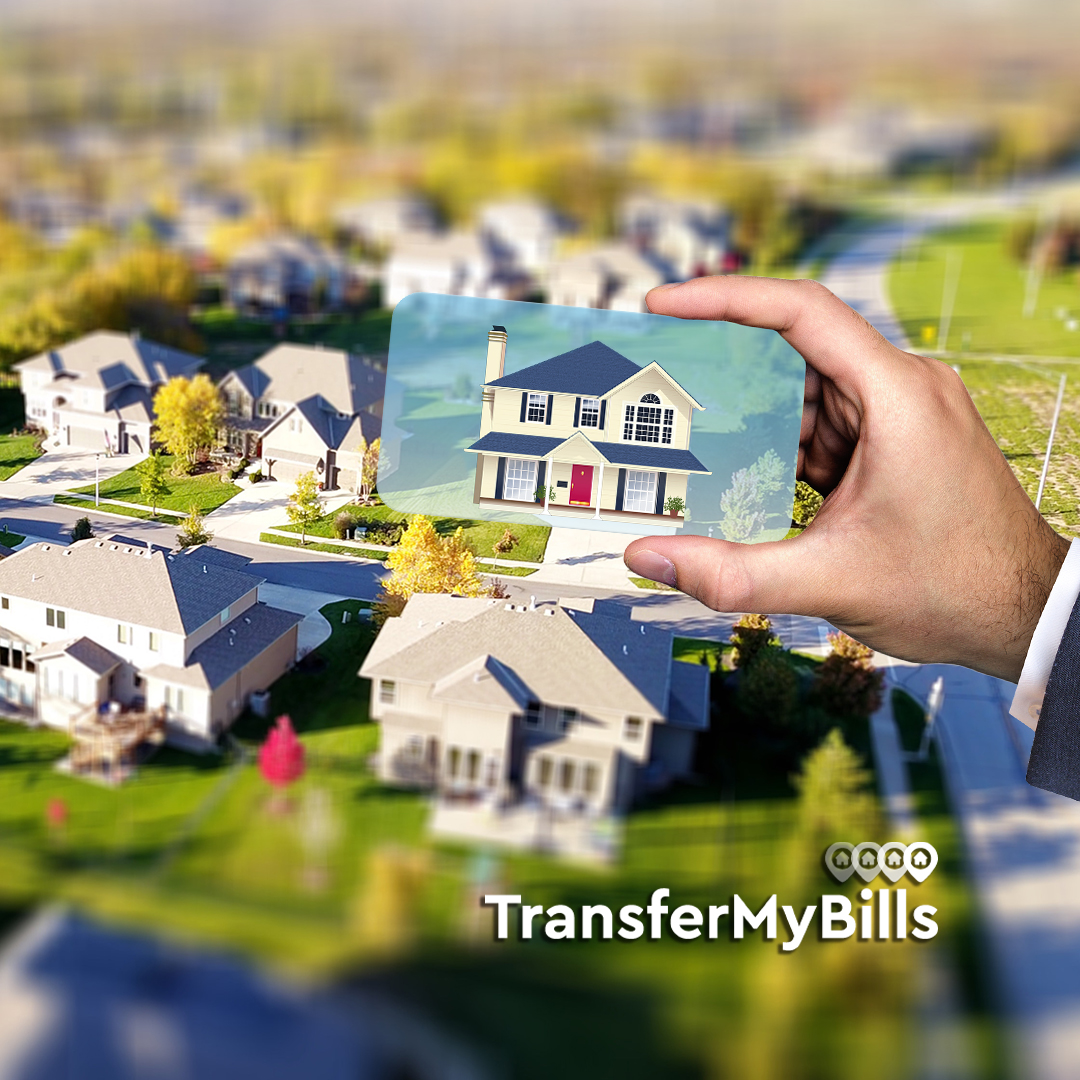Following the progression of integrated technology into every aspect of our lives, buying and selling property has now caught up to the 21st century. Virtual viewings were once seen as just a gimmick for the upper echelon of houses on the market, but as we all know 2020 is a year of change - Now they’re the primary marketing resource for estate agents.
The most common are pre-recorded or live video tours, along with interactive photo tours (reminiscent of Google Street View). In May this year Which? spoke to Savills about virtual viewings, who revealed that live video tours were already the most popular option. Going on to state that “a bespoke, real-time video tour” is ultimately what buyers want. Even though it’s via a phone or tablet it has the ability to facilitate genuine buyer-seller interaction; allowing the asking and answering of questions, better looks at specific areas, or even the opportunity to try and cut a deal there and then (if you fall in love with the place).
Augmented reality (AR) and Virtual reality (VR) are the more advanced options to property viewing offered by some. AR essentially uses your existing environment through a smart device’s camera and overlays new information onto that environment. Imagine looking through your phone camera and seeing an artificial rendering of the property you’re viewing. Whereas VR simulates the entire property you’re viewing on a screen within a headset, blocking out your existing environment and giving the effect of feeling like you’re in the house.
However this all didn’t start recently, Foxtons saw the positive effect virtual viewings had on sales in 2016, initially with interactive 360° photo tours which quickly integrated VR. If customers don’t have a headset they can also access in-branch VR facilities (check for accessibility during this current time).
JLL have offered AR and VR viewings since 2018, even offering a scheme in which VR frames are sent to potential buyers for free. JLL have definitely reaped some great benefits from their capabilities: AR allows for people to alter the environment they see, such as seeing a room in a different colour or checking if a piece of your furniture will fit somewhere. VR lets users experience property that doesn’t even exist yet, significantly boosting new home sales by increasing the likelihood buyers will purchase off-plan – Recently reporting that 54% of tenants that moved into a new development didn’t physically view the property.
If you still think viewing a property first-hand is best, it’s understandable. After all, buying a property is usually the biggest investment people make, though the necessity to do this as often as we used to has diminished. Is that a good thing? Time will tell, but Antony Crovella, Sales & Marketing chief at Meyer Homes has this to say:
“Originally, virtual viewings were there to help developers and estate agents continue marketing their homes throughout troubled times. However, their role has now changed - and it’s here to stay.
We are finding that the offer to viewing ratio is much higher than it was pre-lockdown. Buyers still want to view a property before committing, but they are using our virtual tour offering to cut down their initial list of interested properties first.”

